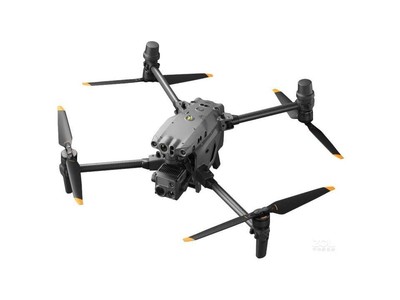In the evolving world of technology, the fixed wing drone stands out as a remarkable innovation in aerial vehicles. Unlike traditional rotary-wing drones that are commonplace today, fixed wing drones offer unique advantages that make them ideal for numerous applications. Their design, which mimics that of conventional airplanes with wings that create lift as they move forward, allows them to achieve longer flight durations, greater speeds, and higher energy efficiency.
One of the primary benefits of fixed wing drones is their ability to cover extensive areas. This characteristic is invaluable in sectors like agriculture, where vast lands need to be surveyed for crops’ health, yield predictions, and pest management. Fixed wing drones, equipped with advanced imaging technologies, can fly over fields capturing high-resolution images that provide critical data for farmers. Their enhanced coverage area makes them preferable for large-scale agricultural operations compared to multi-rotor drones.
The energy efficiency of fixed wing drones is another notable advantage. These drones require less power to stay airborne, making them suitable for long-duration missions. This energy efficiency stems from their flight mechanics, where forward motion through the air creates lift, reducing the need for continuous energy expenditure. As a result, fixed wing drone operators can undertake longer missions without frequent battery changes or recharges, which is particularly useful in applications such as border surveillance, environmental monitoring, and search and rescue missions.
Applications Beyond the Norm
- Mapping and Surveying: Fixed wing drones excel in mapping and geo-surveying tasks due to their ability to cover large geographical areas efficiently. They gather data with precision, aiding construction projects, urban planning, and disaster management efforts.
- Environmental Conservation: Conservationists use fixed wing drones to monitor wildlife populations and behaviors from a safe distance. This non-intrusive method allows for the collection of valuable ecological data without disturbing the natural habitat.
- Disaster Relief: During natural disasters, fixed wing drones are deployed to assess damage quickly and efficiently. Their capability to travel long distances and provide real-time data enables quicker response times and facilitates aid delivery.
While fixed wing drones offer numerous benefits, they are not without limitations. Their design requires a certain level of skill to operate, especially during takeoffs and landings. Additionally, fixed wing drones generally need more space for these operations compared to multi-rotor drones that can hover and take off vertically.
FAQs on Fixed Wing Drones

What differentiates a fixed wing drone from a rotary-wing drone?
Fixed wing drones have wings like a plane, providing lift through forward motion. In contrast, rotary-wing drones like quadcopters use multiple rotors to hover and fly.
Are fixed wing drones more expensive?
Generally, they can be more expensive due to their complex technology and longer flight capabilities; however, costs vary based on model and features.
Can fixed wing drones hover?
Unlike multi-rotor drones, fixed wing drones cannot hover. Their functionality is geared towards longer, more efficient flights over fixed trajectories.